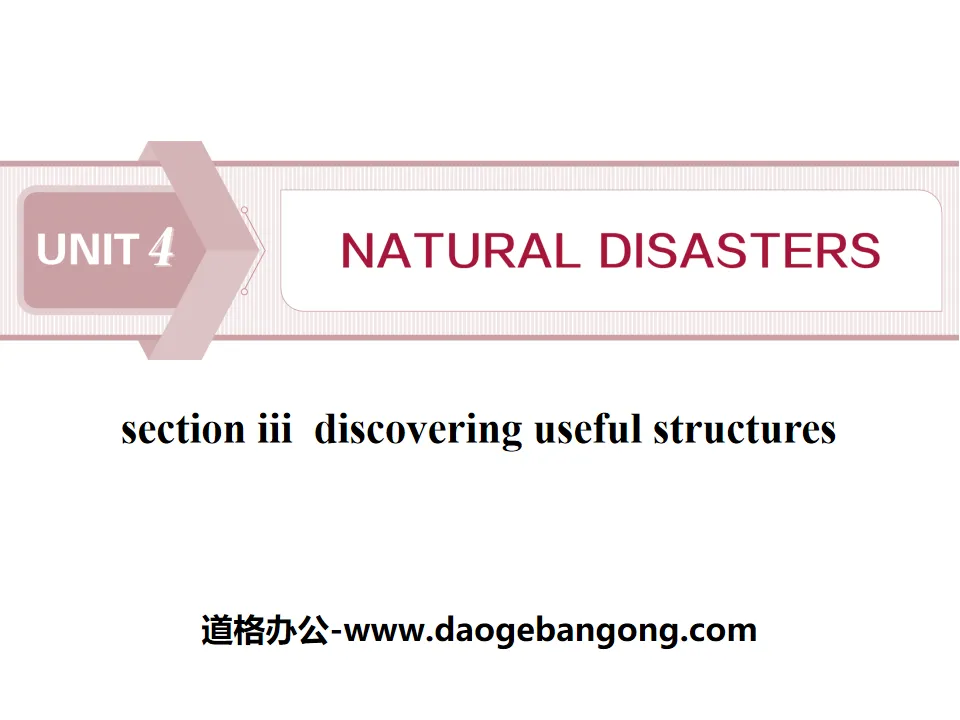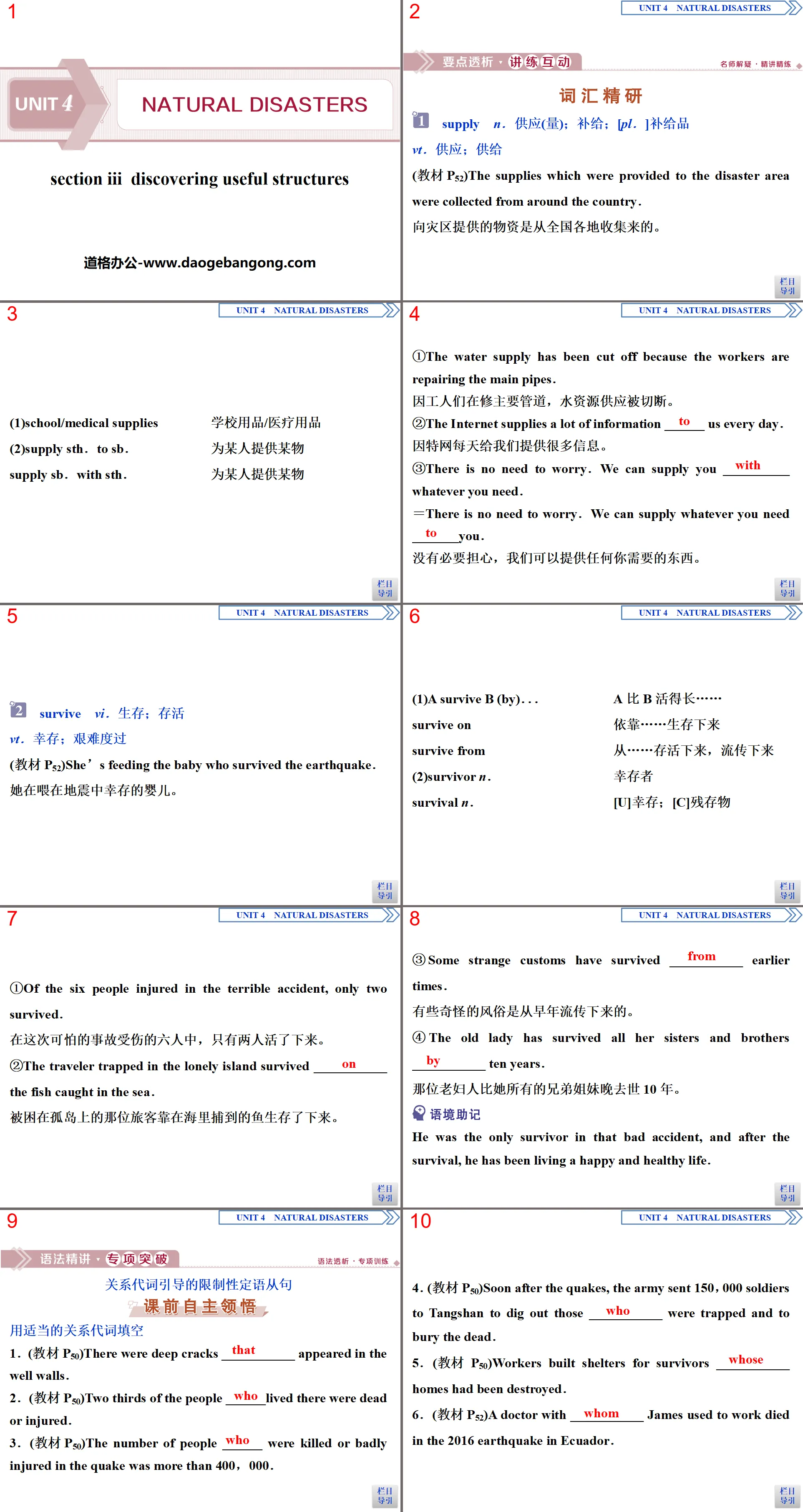Hebei Education Edition Ninth Grade English Volume 1
Hebei Education Edition Eighth Grade English Volume 2
Hebei Education Edition Seventh Grade English Volume 2
Shanghai Education Edition Third Grade English Volume 1
Foreign Language Research Edition Seventh Grade English Volume 1
Hebei Education Edition Eighth Grade English Volume 1
Hebei Education Edition Fourth Grade English Volume 1
Oxford Translation English for Grade 9 Volume 1
People's Education Press Eighth Grade English Volume 1
Hebei Education Edition 8th Grade English Volume 1
Foreign Language Research Edition Fourth Grade English Volume 1
Hebei Education Edition English for Grade 3 Volume 2
Hebei Education Edition Sixth Grade English Volume 1
Guangzhou Edition Sixth Grade English Volume 1
Foreign Language Research Edition Fifth Grade English Volume 1
Hebei Education Edition Seventh Grade English Volume 1

| Category | Format | Size |
|---|---|---|
| People's Education Press High School English Compulsory Course 1 | pptx | 6 MB |
Description
《Natural Disasters》Discovering Useful Structures PPT
Part One: Vocabulary Research
supply n. Supply (quantity); supply; [pl. ]Supplies
vt. supply; supply
(Textbook P52) The supplies which were provided to the disaster area were collected from around the country.
The supplies provided to the disaster areas were collected from all over the country.
(1)school/medical suppliesSchool supplies/medical supplies
(2)supply sth. to sb. provide something to someone
supply sb. with sth. provide something to someone
①The water supply has been cut off because the workers are repairing the main pipes.
Water supplies were cut off as workers repaired major pipelines.
②The Internet supplies a lot of information ______ us every day.
The Internet provides us with a lot of information every day.
③There is no need to worry. We can supply you __________ whatever you need.
=There is no need to worry. We can supply whatever you need_______you.
No need to worry, we can provide anything you need.
survive vi. survive; survive
vt. survive; endure hardship
(Textbook P52) She’s feeding the baby who survived the earthquake.
She is feeding babies who survived the earthquake.
(1)A survive B (by). . . A lives longer than B...
survive on rely on... to survive
survive from, survive from, pass down
(2)survivor n. survivor
survival n. [U]survival;[C]remnants
①Of the six people injured in the terrible accident, only two survived.
Of the six people injured in this horrific accident, only two survived.
②The traveler trapped in the lonely island survived ___________ the fish caught in the sea.
The traveler who was stranded on an isolated island survived by catching fish from the sea.
③Some strange customs have survived ___________ earlier times.
Some strange customs have been handed down from early times.
④The old lady has survived all her sisters and brothers ___________ ten years.
The old woman died 10 years after all her brothers and sisters.
Natural DisastersPPT, Part 2: Special Breakthroughs
Restrictive attributive clauses introduced by relative pronouns
Self-understanding before class
Fill in the blanks with appropriate relative pronouns
1. (Textbook P50) There were deep cracks ___________ appeared in the well walls.
2. (Textbook P50) Two thirds of the people ______lived there were dead or injured.
3. (Textbook P50) The number of people ______ were killed or badly injured in the quake was more than 400,000.
4. (Textbook P50) Soon after the quakes, the army sent 150,000 soldiers to Tangshan to dig out those ___________ were trapped and to bury the dead.
5. (Textbook P50) Workers built shelters for survivors ___________ homes had been destroyed.
6. (Textbook P52) A doctor with ___________ James used to work died in the 2016 earthquake in Ecuador.
Classroom independent analysis
definition
1. In a subject-subordinate compound sentence, the clause that modifies a certain noun or pronoun is called an attributive clause. The modified noun or pronoun is called the antecedent, and the word that guides the attributive clause is called the relative word.
2. Relative words are divided into two categories: relative pronouns (that, which, who, whom, whose, as, etc.) and relative adverbs (when, where, why, etc.).
Basic usage of relative pronouns
1. Who refers to a person and can serve as subject, object or predicate in an attributive clause.
◆The children who were injured in a car accident are being treated in the hospital now. The children injured in the car accident are now receiving treatment in the hospital. (as subject)
◆Danny was a man who we rescued from the ruins.
Danny was one of the people we rescued from the rubble. (as object)
2. Who refers to a person and serves as the object in an attributive clause. It can be omitted or replaced by who.
◆Rose is the person (who/whom) you should care about.
Rose is someone you should care about.
◆The boy (who/whom) the teacher often praises is their monitor.
The boy whom the teacher always praises is their monitor.
3. Whose can refer to both people and things, expressing the "belonging" relationship, and whose is used as the attributive in the attributive clause.
◆Any student whose family is too poor to go to school can get help from the government.
Any student who cannot afford to go to school due to poverty can get help from the government. (Modifier)
◆He lives in a room whose window faces north.
He lived in a room with a window facing north. (modifier)
[Instant Exercise 1]——Fill in the blanks with relative pronouns
①The woman ___________ is shaking hands with my sister is a doctor.
②Those ___________ want to see the film set down your names, please.
③The girl ___________ graduated from Cambridge University is called Amanda.
④I like those books ___________ topics are about history.
⑤The old man ___________ you spoke to is a famous doctor.
4. Which refers to things and serves as the subject or object in the attributive clause. It can be omitted when used as the object.
◆China is a country which has a long history.
China is a country with a long history. (as subject)
◆The radio (which) he bought yesterday doesn’t work.
The radio he bought yesterday is broken. (as object)
◆This is the house in which I once lived.
This is the house I used to live in. (as the object of the preposition in)
5. That can refer to both people and things. It can be used as the subject, object or predicate in the attributive clause. It can be omitted when used as the object. It is customary to use who and whom when referring to people, and which when referring to things.
◆This is the novel that interests me.
This is the novel that interested me. (referring to things, as subject)
◆The magazine (that) I bought yesterday is lost.
The magazine I bought yesterday is lost. (referring to things, as objects)
◆The number of people that/who come to visit this city each year reaches one million. One million people visit the city every year. (that refers to a person and is the subject)
When the relative word can only be used that instead of which
1. When the antecedent is an indefinite pronoun such as all, everything, nothing, anything, much, etc.
◆Have you taken down everything that Mr. Li said?
Have you memorized everything Teacher Li said?
◆All that can be done has been done.
Everything that could be done was done.
2. When the antecedent is modified by an ordinal or superlative adjective.
◆The first place that they visited in London was the Big Ben.
The first place they visited in London was Big Ben.
◆This is the most delicious food that I have ever had.
This is the most delicious food I have ever eaten.
3. When the antecedent is modified by all, every, no, the only, the very, the last, etc.
◆I’ve read all the books that are not mine.
I've read all those books that weren't mine.
◆The only thing that she could do was to go to the police for help. The only thing she could do was go to the police for help.
◆I have found the very pen that I lost yesterday.
I have found the pen I lost yesterday.
4. When the antecedent refers to both a person and an object.
◆We often talk about the persons and things that we remember.
We often talk about the people and things we remember.
Keywords: PPT courseware for High School English Compulsory Course 1 from the People's Education Press is available for free download, Natural Disasters PPT download, Discovering Useful Structures PPT download, .PPT format;
For more information about the "natural_disastersdiscovering_useful_structures" PPT courseware, please click the natural_disasterspptdiscovering_useful_structuresppt tag.
《Natural Disasters》Listening and Talking&Reading for Writing PPT:
"Natural Disasters" Listening and TalkingReading for Writing PPT Part One Content: New Knowledge and Insights Key Words Writing Vocabulary 1. ___________ [tp]vi. vt. Tap; tap; tap n. faucet; tap;..
"Natural Disasters" Reading and Thinking PPT courseware:
"Natural Disasters" Reading and Thinking PPT courseware Part One: New Knowledge Perception Key Words Writing Vocabulary 1. ___________ [dI'z�st(r)]n. Disaster; disaster 2. ___________ [slaId]vi. vt. (to make) slippery..
"Natural Disasters" Listening and Speaking PPT courseware:
"Natural Disasters" Listening and Speaking PPT courseware listening and filling in the blanks/California Dreaming/ /California Dreaming/ Australian talented Sia sang in the new disaster film "San Andreas" starring Dwayne Johnson (20. .
File Info
Update Time: 2024-10-02
This template belongs to English courseware People's Education Press High School English Compulsory Course 1 industry PPT template
《Natural Disasters》Discovering Useful Structures PPT Simple campus recruitment activity planning plan summary enterprise and institution recruitment publicity lecture PPT template is a general PPT template for business post competition provided by the manuscript PPT, simple campus recruitment activity planning plan summary enterprise and institution recruitment promotion Lecture PPT template, you can edit and modify the text and pictures in the source file by downloading the source file. If you want more exquisite business PPT templates, you can come to grid resource. Doug resource PPT, massive PPT template slide material download, we only make high-quality PPT templates!
Tips: If you open the template and feel that it is not suitable for all your needs, you can search for related content 《Natural Disasters》Discovering Useful Structures PPT is enough.
How to use the Windows system template
Directly decompress the file and use it with office or wps
How to use the Mac system template
Directly decompress the file and use it Office or wps can be used
Related reading
For more detailed PPT-related tutorials and font tutorials, you can view: Click to see
How to create a high-quality technological sense PPT? 4 ways to share the bottom of the box
Notice
Do not download in WeChat, Zhihu, QQ, built-in browsers, please use mobile browsers to download! If you are a mobile phone user, please download it on your computer!
1. The manuscript PPT is only for study and reference, please delete it 24 hours after downloading.
2. If the resource involves your legitimate rights and interests, delete it immediately.
3. Contact information: service@daogebangong.com
《Natural Disasters》Discovering Useful Structures PPT, due to usage restrictions, it is only for personal study and reference use. For commercial use, please go to the relevant official website for authorization.
(Personal non-commercial use refers to the use of this font to complete the display of personal works, including but not limited to the design of personal papers, resumes, etc.)
Preview










